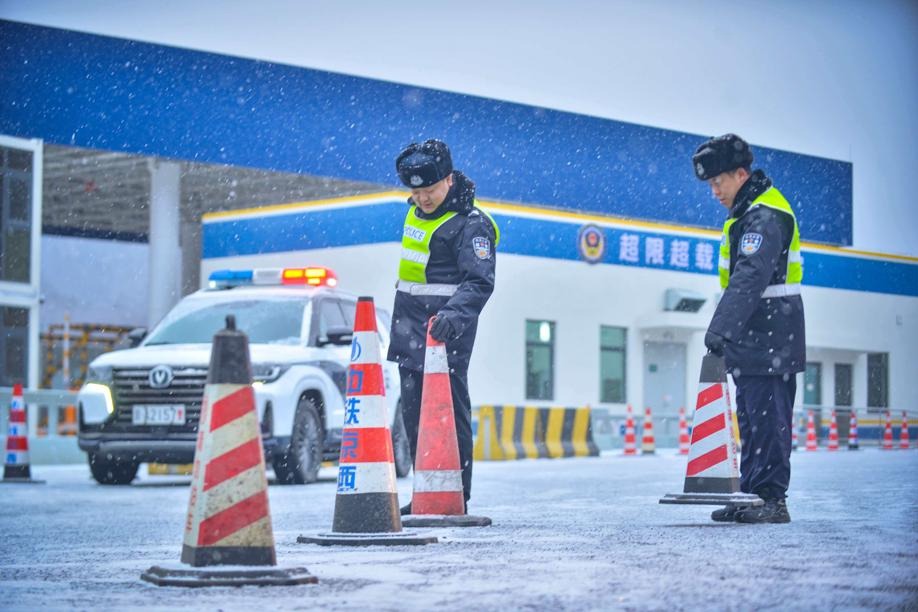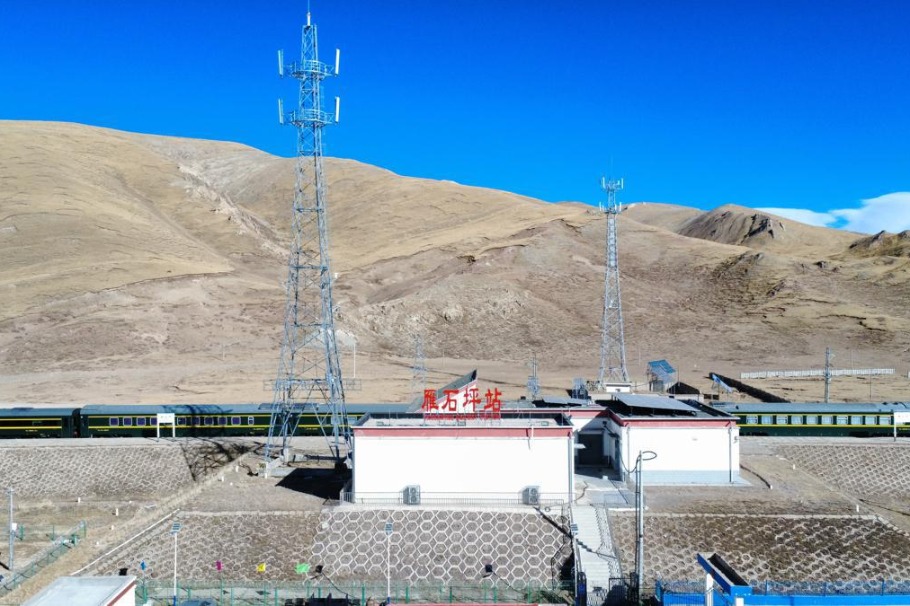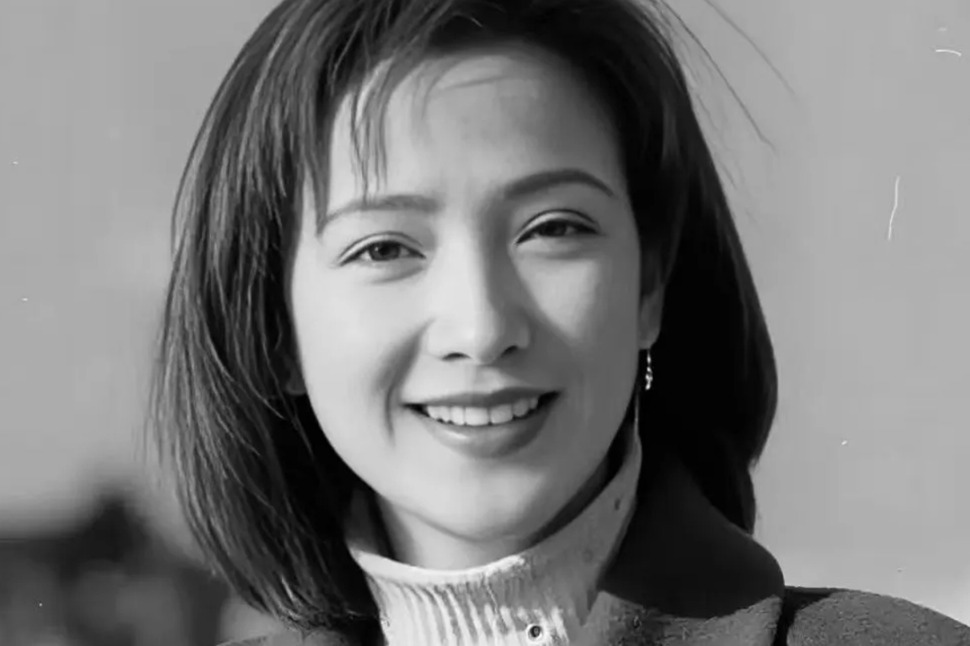Domestic system for proton radiation available

More than 100 patients have been treated at Shanghai Ruijin Hospital by China's first domestically-made system for proton radiation treatment, which attacks a tumor without harming the surrounding tissues.
Treatment went smoothly for all patients, including three minors, and there has been no case of severe toxicity due to the treatment. Some patients have shown good short-term effects, the hospital said.
The radiation system, SAPTPS-01, treated its first patient in late November.
China is scheduled to authorize 45 hospitals to provide proton radiation treatment by next year.
"Such a domestically-made system for proton radiation treatment involves a decade of efforts by local medical research and development teams," said Zhao Ren, vice-president of Ruijin Hospital. "The system, with its high accuracy and higher affordability, allows domestic patients to access internationally cutting-edge radiotherapy technology at their doorstep."
A 70-year-old Shanghai resident became the 100th person to be treated. The woman, surnamed Chen, underwent a surgery in July 2022 and was diagnosed with chordoma, a type of cancer that affects the spine and skull. The tumor recurred in February.
"I was recommended by another patient, who had received the proton treatment. I have high hopes that the innovative therapy can do me good," said Chen, a retired librarian. Her first proton treatment on Tuesday lasted 40 minutes.
"For this patient, proton therapy can effectively protect her bowels while administering an adequate dose of drugs targeting the tumor," said Chen Jiayi, director of the radiotherapy department at Ruijin Hospital.
Experts said proton therapy has been widely recognized as a powerful anti-cancer weapon and is one of the world's most advanced tumor radiotherapy methods.
The 100 tumors treated involved more than 20 types, including head and neck, breast, and thoracic.
"For example, proton treatment has an advantage in treating head and neck tumors as they are usually close to multiple key organs. Also, tumors at such spots often require higher therapeutic doses. In this case, proton therapy strikes a good balance between efficacy and toxicity control," Chen Jiayi said.
Cao Lu, a doctor at the radiotherapy department, said it has also accepted some patients suffering from breast, lung or esophageal cancer — among the most common types of cancer in China.
"We've been summing up the experiences, and hope to establish a complete set of technical specifications and guidelines for diagnosis and treatment from scratch," she said.
A 14-year-old girl, who had slower physical growth and was diagnosed with a pituitary germ cell tumor in July last year, was one of the three minor patients. She underwent proton treatment for five weeks from August through September.
"We're delighted that she recovered well. She was back at school not long after completing the proton therapy. She grew 6 centimeters in height within three months," her father said.
Doctors said that proton treatment is meaningful for minors as it better protects a child's brainstem, hippocampus and other normal tissues.
- Jimmy Lai found guilty of colluding with foreign forces
- Hong Kong court opens session to deliver verdict on Jimmy Lai's case
- Affordability ranks high for overseas study choices
- Jiangxi valley goes viral, wrongly tagged Japan
- China plans to expand cover for childbirth-related bills
- Non-living 'life releases' in Liaoning condemned




































